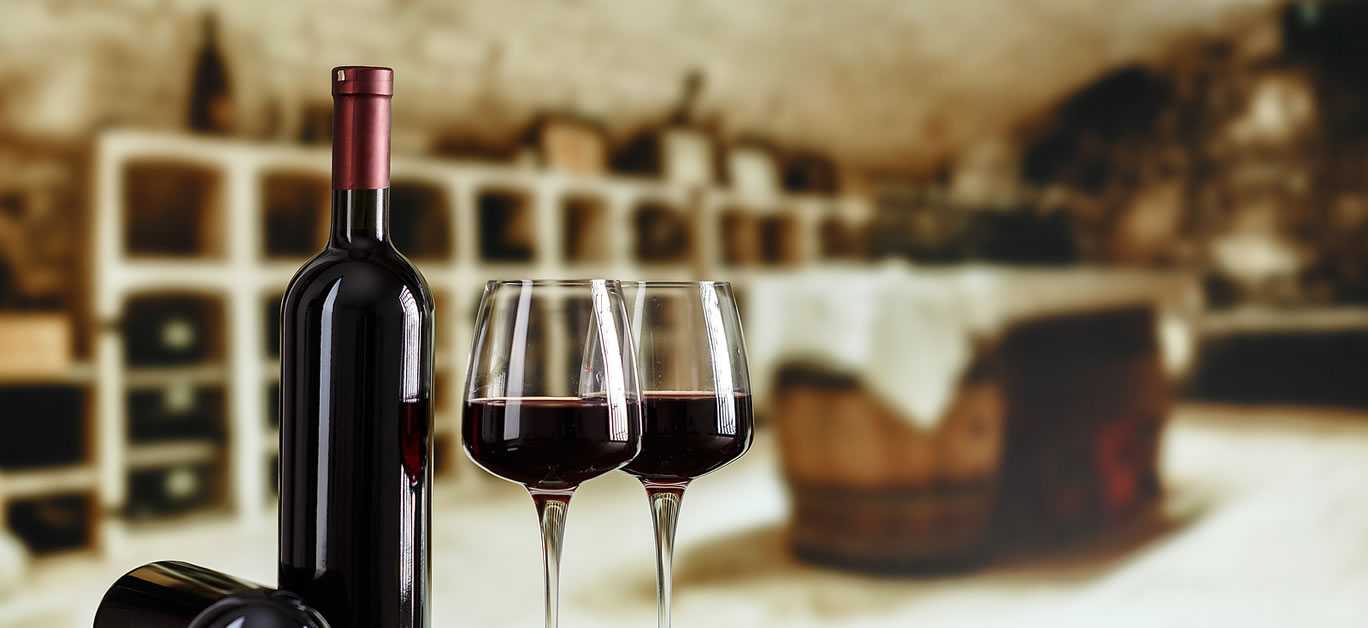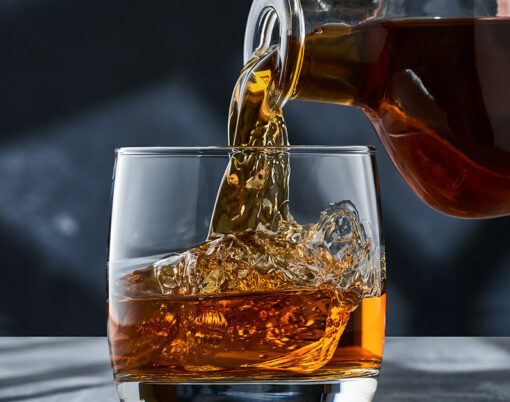Words by Jeremy Howard, co-founder and CEO of Cru World Wine
Interest in fine wine and spirits investment has exploded in the past couple of years, with a market which once was the preserve of a well-connected few, going mainstream.
The exceptional financial performance of fine wine and spirits is no longer a closely guarded secret and new platforms are springing up to make it easy for anyone to access the best quality products.
Wine over the ages: An incredible price performance
Since 1988, fine wine prices have risen by an astonishing +2,500 per cent, outpacing almost all mainstream asset classes, and returning a compound annual growth rate of +10.2 per cent. The exceptional performance of fine wine has been characterised by low volatility, limited price declines and almost no correlation with mainstream assets. Fine wine has delivered the holy grail of investing: high returns with limited risk to capital. It’s hardly surprising that it is attracting so much attention!
A truly accessible market
For those that are brand new to the process of alternative asset class investment, it can appear complex, however Cru World Wine was created to eradicate this view. A company that was born out of frustration with outdated systems, the founding vision was to harness technology to address the numerous deficiencies that I personally encountered as a lifelong collector of fine wine.
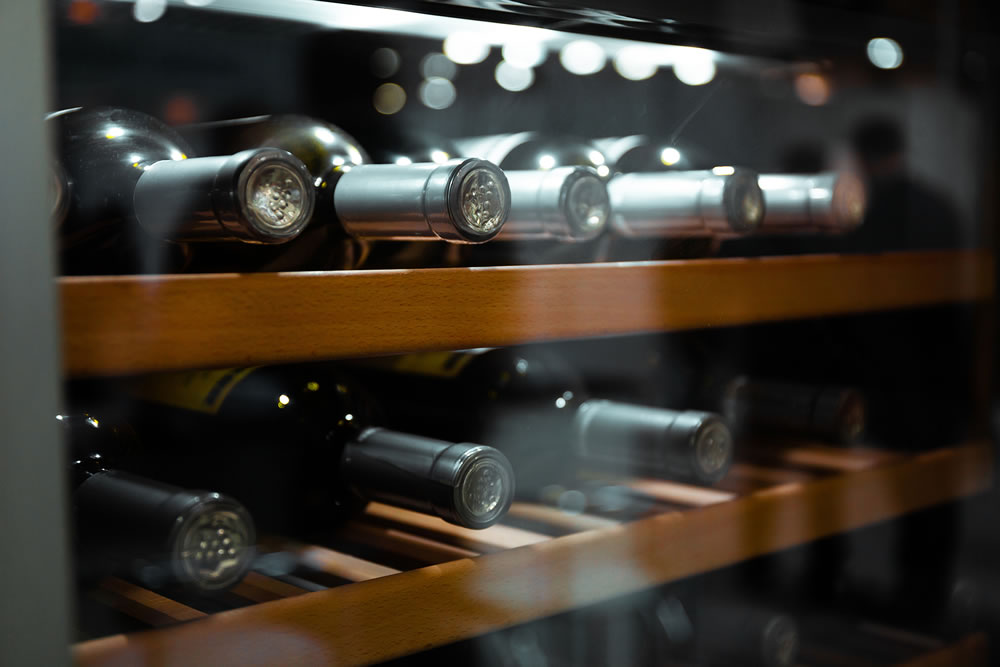
Now, in this day and age, the truth is that it’s never been easier to buy, sell, and manage a fine wine collection. In fact, budding investors or seasoned pros can start investing with as little as £50, with many users building portfolios now worth millions. There are no membership fees, and users can manage their own investments with the free online tools and research available, just like they would manage a portfolio of stocks and shares. There is also no need for multiple accounts with lots of different providers. Platforms like Cru World Wine act as a ‘one stop shop’, delivering market access, secondary trading liquidity and portfolio management all in one place. You don’t even have to worry about physical storage, an important factor when considering rare and valuable wines, as it is all part of the package.
The rise of collectables amidst inflation
As we find ourselves in an inflationary age, post-pandemic, many investors are having to re-think their investment strategy. Traditional portfolios of bonds and equities have historically performed poorly in an inflationary environment with many people looking for alternatives as a result, particularly those with a track record of protecting against inflation.
Collectable and fixed supply assets like art, cars, watches, and fine wine, which are produced in strictly limited quantities, are well positioned to protect wealth from the ravages of inflation, acting as stores of value. Clients are also increasingly indulging in their passions, learning about arts, collectibles and memorabilia and using their investment funds to merge self-expression and expertise, earning dramatic returns.
Fine wine reigns supreme
But even amongst collectable assets, fine wine has some special characteristics that set it apart. Increasing the supply of the world’s finest wines is virtually impossible today, due to the strict regulations about what wines can be produced from which areas. Additionally, the little supply there is decreases each year, as the wine is consumed.
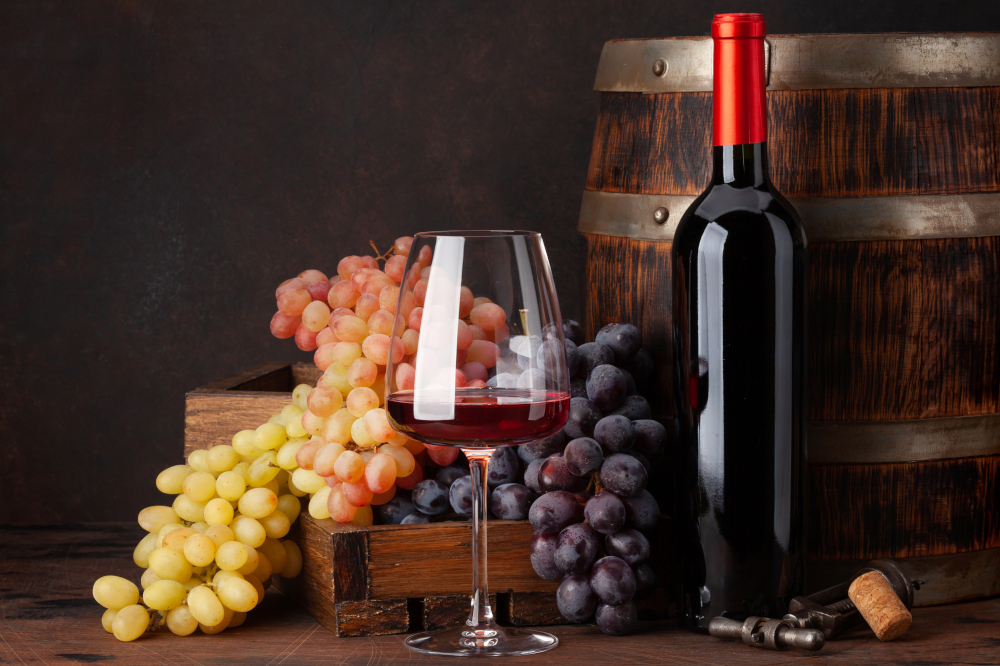
This rapid reduction of the available supply of top-quality wines has the effect of forcing up secondary market prices. The older the vintage, the less the remaining unconsumed supply, and the higher the price. This is why fine wine has always been such a desirable commodity and profitable investment, with no sign of demand slowing down. The world is becoming wealthier at a rapid rate, and newly affluent people around the world often choose to express their achievement by collecting heritage brands like rare and fine wines.
So, how do I get started?
Anyone tempted to diversify their investments into fine wine and spirits has two main routes open to them – either invest in a wine fund or open a DIY investing account.
Wine funds
A small number of dedicated fine wine funds exist, which help to take out the legwork of investing. The risk with taking this route is that you lose control over your portfolio, fees can be high, and it can be difficult to exit your investment.
DIY investing
The ‘DIY’ route is certainly more dynamic, very cost effective (with no added management or performance fees), and much less daunting than you might think. Cru World Wine empowers clients to do just this – run their own portfolios while facilitating access to all the world’s most valuable and best performing wines and spirits. Cru World Wine’s service provides all the tools necessary to acquire and manage your own great portfolio, without hassle.
For further information, Cru World Wine’s overarching website is here. Within this, Cru Markets, Cru World Wine’s free live trading platform for clients is the best way to view live investment data to buy, sell or trade fine wine, which can be explored here. I also run a YouTube channel, which aims to simplify the founding principles of successful fine wine investment, you can explore here.
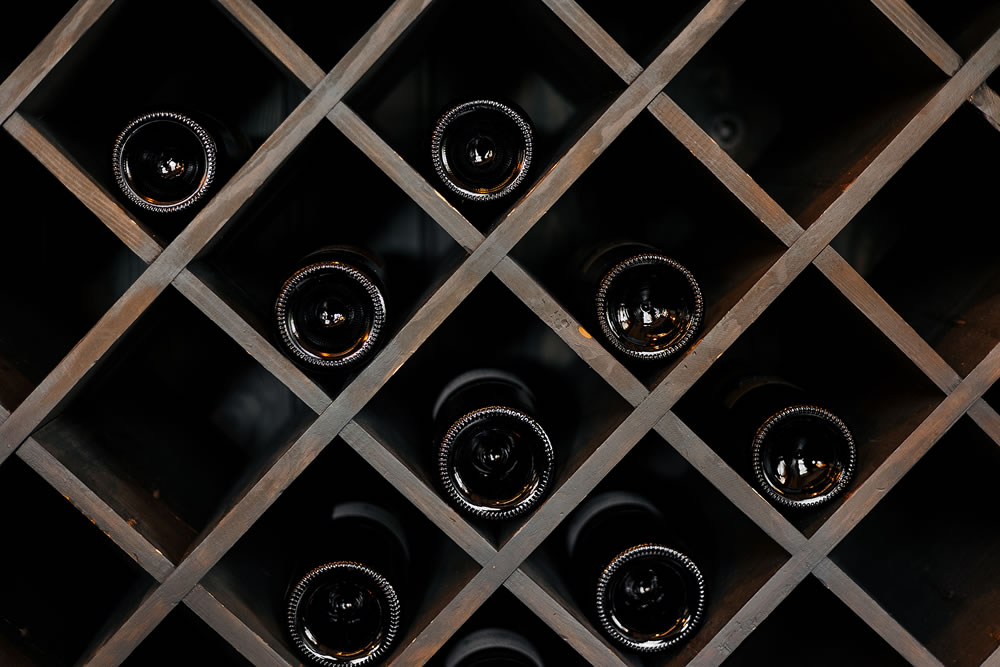
Rules to remember
If you are going down the DIY route, there are a few simple rules to remember, outlined below. Diversification and patience are overarching themes to these, and highlight that building a successful diversified portfolio across the top investment grade regions to deliver returns.
- Always use a reputable platform – Just as you would with any investment provider.
- Buy the best quality wines you can afford – Look for wines with high scores from major critics such as Wine Advocate. Seek out ‘big name’ producers who will always have global appeal, and hence will be easy to sell in the future (we have included examples below for what to look for).
- Buy wines with lots of ‘drinking time’ left – These have the longest time window for price appreciation.
- Always keep your wine in a professional storage facility – Never store it at home. That way you will avoid paying sales tax and duty, and the provenance of your assets will remain perfect.
- Don’t buy lots of cases of less expensive wine – The price of storage is charged on a ‘per case’ basis. The lower the value of the wine, the higher the percentage storage fee.
Ones to watch
For those who have ventured down the DIY investment route, here are three suggestions of fine wines to keep a close eye on. From one of the finest ‘Super Tuscan’ wines to a champagne from the best vintage yet and one of the world’s most celebrated names in wine, each is renowned for their prestige and high point scoring from the world’s greatest critics. It is worth remembering that collecting vintage has also been a pretty savvy investment over the past decade, with the best names, from the best years, seeing some eye-watering price gains.
Sassicaia 2019
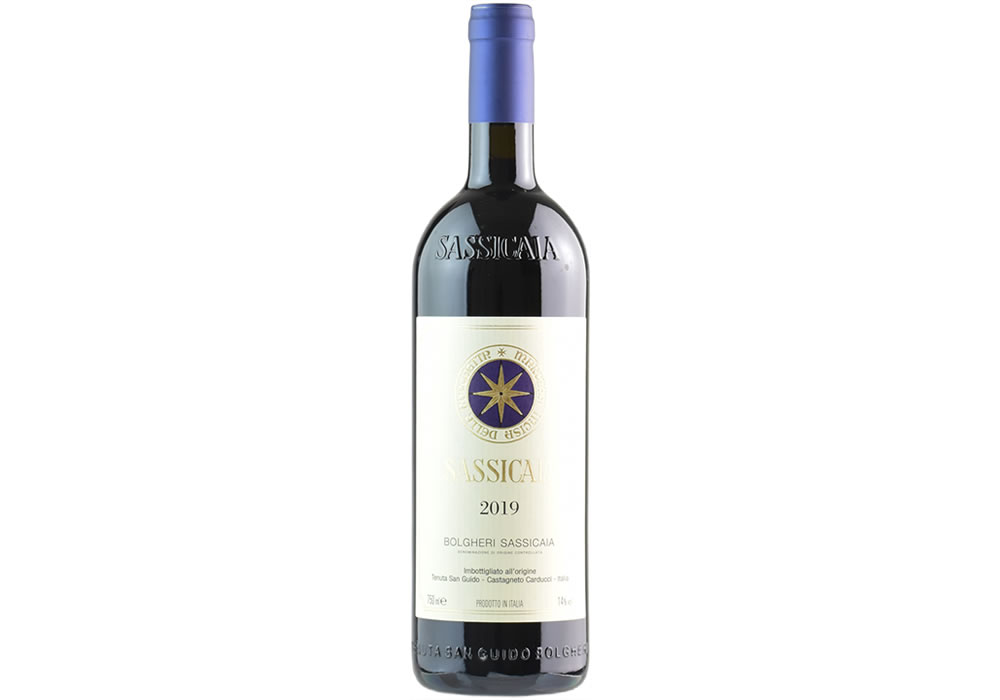
The most prestigious ‘Super Tuscan’ wine (from Tuscany), the 2019 is the third highest rated Sassicaia in history. It has a huge global following and boasts no less than two perfect 100 point scores from Lisa Perrott-Brown and Decanter. This particular vintage is also a great value compared with older vintages, and belongs in every serious fine wine collection. It has a drinking window to 2055, and a phenomenal long-term investment track-record. £1,340 per case of 6.
Louis Roederer Cristal 2008
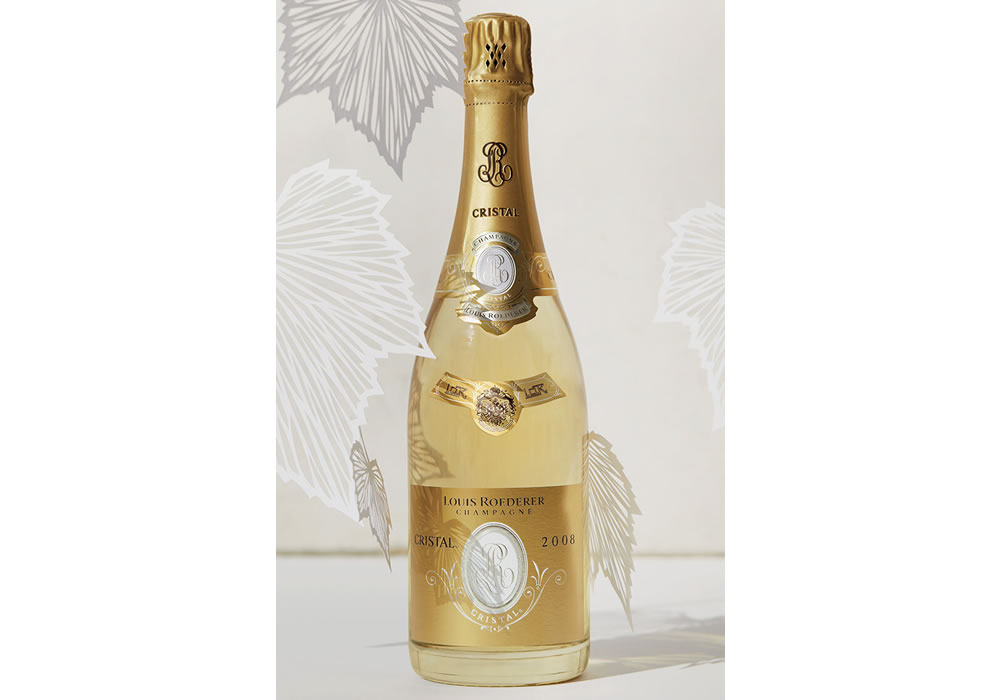
The world’s most famous top-end Champagne, from arguably the greatest vintage. Presented in the famous clear glass bottle (demanded by Russian Tsar Alexander II to ensure lurking poisons could be detectable), this beauty boasts no less than three perfect 100 points scores. Champagne is all about vintage and 2008 is the vintage everyone wants! Impressive on release, this will be at its best drinking from 2025 onwards. £1,730 per case of 6.
Château Lafite Rothshild 2019
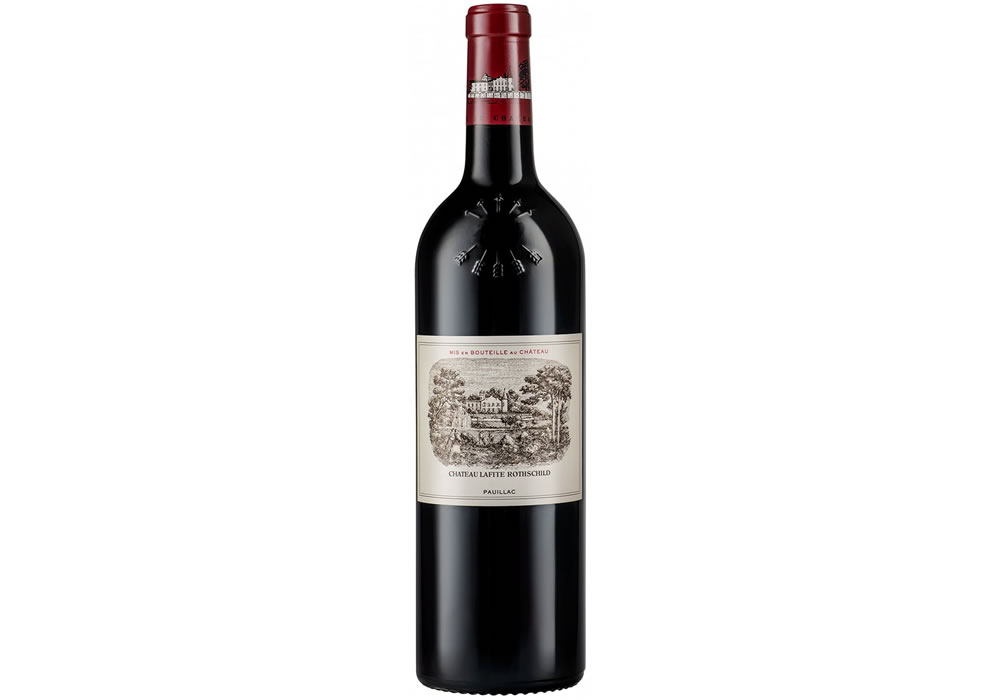
One of the biggest names in the fine wine world, this wine is undervalued for its quality and has 100 points (perfect) scores from market-leading critic Wine Advocate, and more recently James Suckling. The drinking window is up to 2065. £3,600 per case of 6.












